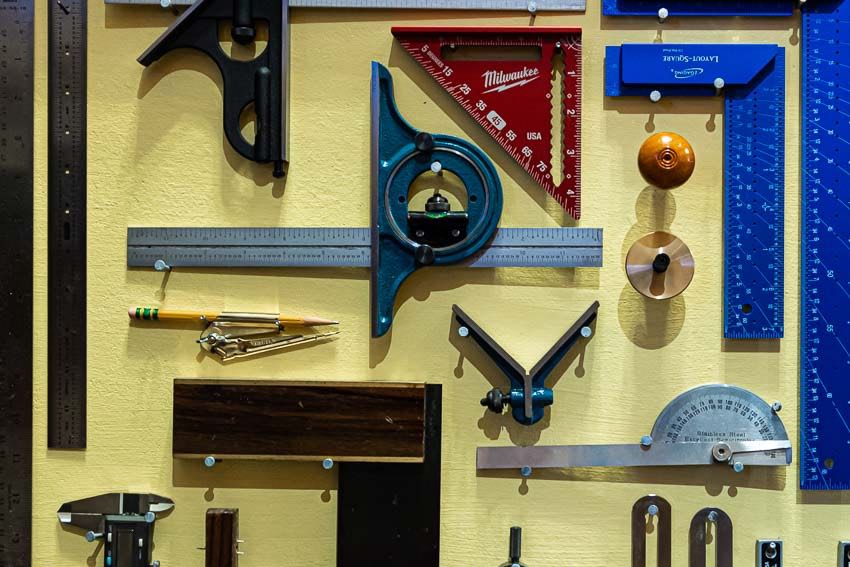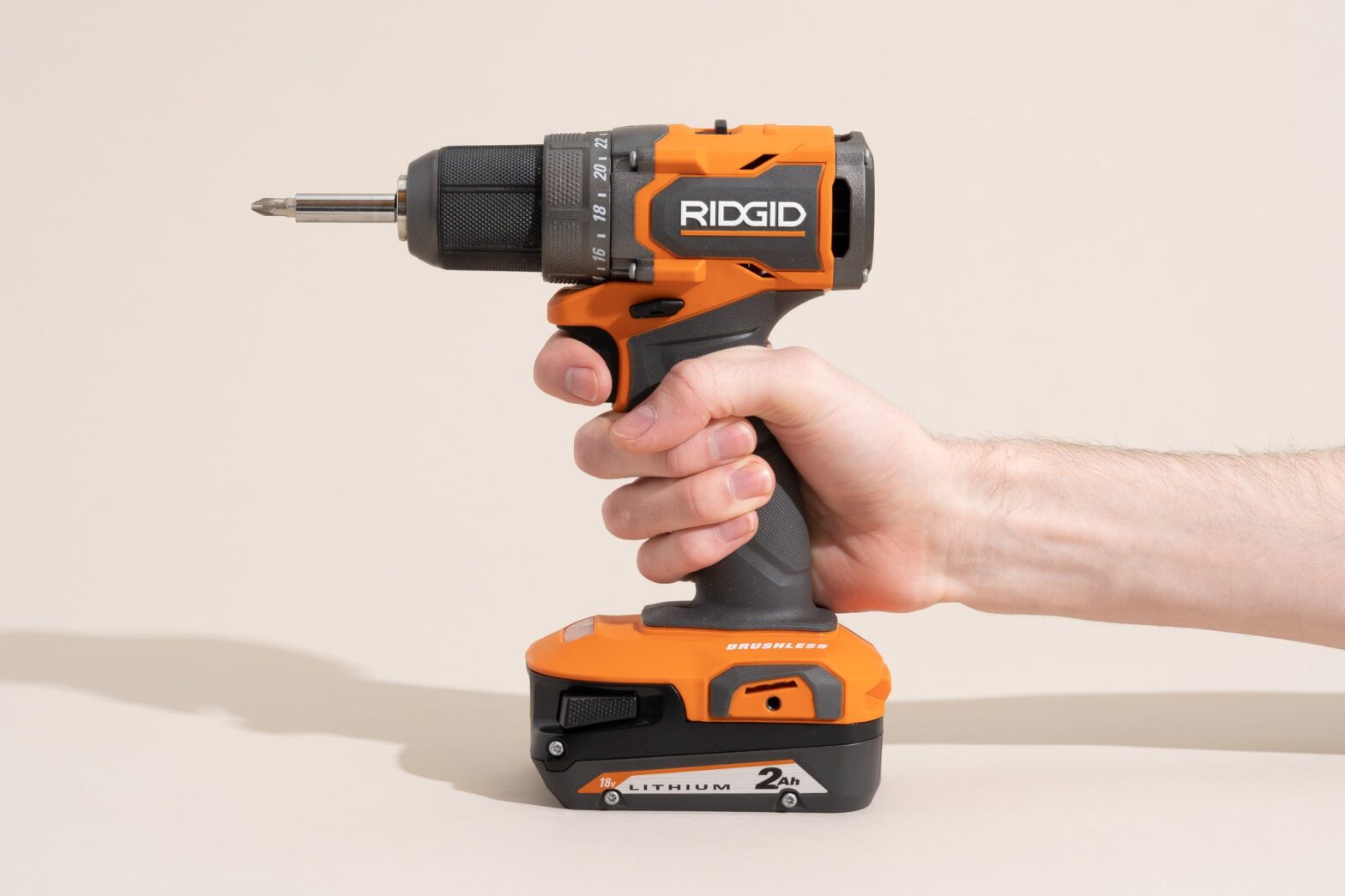Selling used woodworking tools requires proper pricing and online exposure. If you’re looking to sell your used woodworking tools, you’ll want to ensure you get the best price possible while also attracting potential buyers.
Selling online can be a great way to reach a wider audience, but it’s important to make sure your tools are visible to those who may be interested. Proper pricing is also crucial in order to accurately represent the value of your tools and avoid price haggling.
Whether you’re new to woodworking or an experienced carpenter looking to upgrade your tools, following these tips will help you sell your used woodworking tools successfully.

Credit: garrettwade.com
Assess The Condition Of Your Tools
When preparing to sell your used woodworking tools, it’s important to assess their condition. To determine their condition, inspect for wear and tear, such as rust or chipped edges. Test functionality by using each tool to ensure it still works properly.
It’s essential to disclose any issues with the tools to prospective buyers. Providing clear and honest information will build trust and help ensure a successful sale. Remember to clean your tools thoroughly, too. Buyers will appreciate a well-maintained, ready-to-use tool.
Assessing the condition of your woodworking tools is an important step in the selling process that can make all the difference when it comes to attracting a buyer.
Determine The Market Value Of Your Tools
Determining the market value of your used woodworking tools is crucial before you sell them. Research different marketplaces and listings to get a sense of both fair pricing and demand for your item. Evaluating similar listings can give you insight on how to price your tools, while setting a fair price can help you stand out from others in the market.
It’s important to remember that overpricing your item can turn potential buyers away, while underpricing can result in undervaluing your item. By doing thorough research and setting a fair price, you can successfully sell your used woodworking tools and make a profit.
Cleaning And Refurbishing Your Tools
Before you list your used woodworking tools for sale, it’s essential to clean and refurbish them. Cleaning the tools would make them look more presentable and could even positively impact the selling price. When cleaning, it’s important to pay attention to the small details like removing rust, polishing metal parts, and sharpening blades.
You could also add a fresh coat of paint to give the tools a new and improved look. It’s equally important to present the tools well by taking clear pictures that showcase their features and condition. By doing this, potential buyers would know exactly what they are getting and would be more likely to make a purchase.
Where To Sell
When it comes to selling used woodworking tools, choosing the right platform is key. One option is ebay, which provides a vast audience but may involve shipping costs. Another option is facebook marketplace, which offers a local audience but also requires meeting in person.
Craigslist is also a good choice for local transactions, but it can be difficult to compete with other sellers. Etsy is a great platform for unique and vintage tools, but it has higher fees. Ultimately, the choice depends on your target audience, location, and selling goals.
Consider your options and choose the platform that best aligns with your needs.
Writing A Great Listing
When it comes to creating a great listing for your used woodworking tools, writing an informative and compelling product description is crucial. Emphasizing the features and benefits of your tools can help to attract potential buyers. For example, highlight the durability and unique functionalities of each tool.
In addition, high-quality photos are essential to showcase the condition of your tools and provide an accurate representation of what buyers can expect. Make sure to capture images from various angles and highlight any notable details. By following these tips, you can create a standout listing that effectively showcases the value of your used woodworking tools.
Negotiating And Closing A Deal
When negotiating with potential buyers of used woodworking tools, it’s important to be strategic. Make sure to highlight the unique benefits of your toolset and remain confident in your asking price. If faced with a low-ball offer, don’t be afraid to counter with a reasonable counter-offer.
To close a successful deal, find common ground and assure the buyer of the value of the tools. Keep the conversation professional and be open to compromises, but also make sure to assert the worth of your tools to avoid being taken advantage of.
By following these techniques, you’ll be well on your way to selling your used woodworking tools for a fair price.
Frequently Asked Questions Of How To Sell Used Woodworking Tools
How Can I Value My Used Woodworking Tools?
To determine the value of your used woodworking tools, assess each tool’s condition, age, and brand. Check how much similar items have sold online to set a fair price.
Where Can I Sell My Used Woodworking Tools?
You can sell your used woodworking tools online through auction sites, social media platforms, and classifieds. You can also sell them locally through consignment stores, yard sales, or flea markets.
How Do I Prepare My Woodworking Tools For Sale?
Before selling your used woodworking tools, clean, polish, and oil each tool. Inspect and fix any damage or defects. Take clear pictures and provide an accurate description.
Should I Sell All My Woodworking Tools At Once?
It’s not recommended to sell all your woodworking tools at once. Start with a few items first and see how it goes. Consider keeping the valuable or essential tools for future projects.
What Is The Best Way To Ship Woodworking Tools?
When shipping your woodworking tools, disassemble them if possible. Wrap each item securely and cushion them with bubble wrap. Use sturdy boxes and fill the empty space with packing material. Don’t forget to include the tracking information.
Conclusion
Selling used woodworking tools can be a profitable venture if approached in the right way. By properly researching the market, knowing the value of your tools, and advertising in the correct places, you can ensure a successful sale. Don’t be tempted to cut corners when it comes to cleaning and presenting your tools, as attention to detail and a little elbow grease can make all the difference.
Remember to be honest in your descriptions, as transparency is key when building trust with potential buyers. Utilize social media and online forums to reach a wider audience and consider bundling tools together to increase their perceived value. With patience and persistence, selling your used woodworking tools can be a rewarding experience both financially and emotionally, as they continue to be enjoyed by a new owner for years to come.


